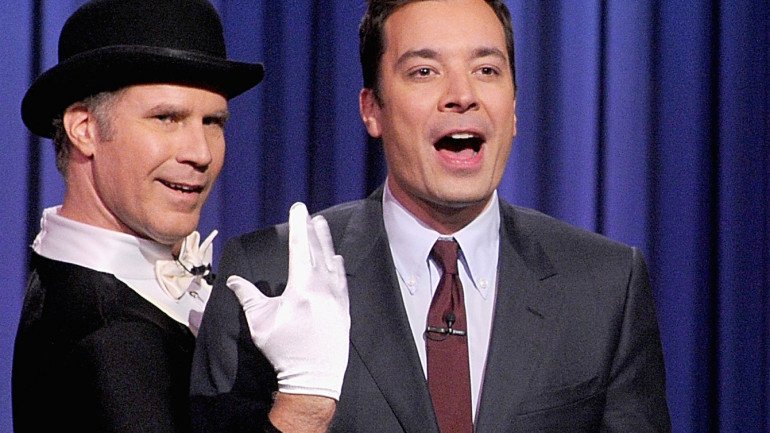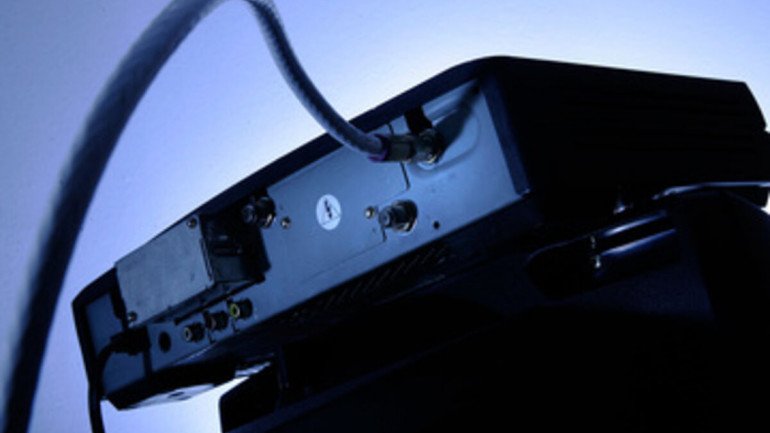LOS ANGELES — Perhaps the biggest fight on Hollywood’s horizon involves where and when consumers can watch movies.
Studios want to offer new movies on video-on-demand systems in living rooms about 45 days after the movies arrive in theaters. The response from multiplex theater chains, which currently have an exclusive window of about 120 days to show new films and are concerned about protecting ticket sales: Over our dead bodies.
Meanwhile at the opposite end of the motion picture business — specialty film — experiments with the timing of video-on-demand have been occurring for some time. A smattering of new films, most recently the drama “All Good Things,” are even daring to go to V.O.D. before they open in theaters. Can the lessons learned by the art house sector teach the big boys anything for the coming showdown?
Specialty film, by definition, is a sharply different business from mainstream cinema — the best evidence being the amount of money gambled on individual releases. For that reason and others, the National Association of Theater Owners, for one, does not believe that the art house market’s on-demand experiments offer any parallels to the discussion under way in the industry’s top tier.
“The little V.O.D. distributions of little movies by companies such as Magnolia and IFC Entertainment have been happening for years,” said John Fithian, the association’s president. “Only very few cinema companies will exhibit those movies. Those movies are not significant. The premium V.O.D. being discussed by some major studios now concerns exhibitors much, much more.”
That may be true, but Magnolia Pictures and IFC Entertainment, two of the few survivors in the troubled independent business, encountered just as much resistance from theater owners when they first experimented with new video-on-demand “windows” that make 120 days seem like an artifact from another era. A few years ago, when IFC, part of Rainbow Media, worked with Comcast to offer movies on V.O.D. on the same day they were released in theaters, IFC got severe pushback from exhibitors.
“When we first started, only four or five theaters were on board — the others were just too scared about what V.O.D. might do to their ticket sales,” said Jonathan Sehring, president of IFC.
As Mr. Sehring and other independent film companies plowed ahead, however, more theater owners came on board, realizing that video-on-demand was not as threatening to their business as they initially thought. By Mr. Sehring’s estimation, about 500 theaters are now willing to play films that are simultaneously made available on video-on-demand systems.
Magnolia has gone even further with its release of “All Good Things,” a love story and murder mystery starring Kirsten Dunst and Ryan Gosling. That film, directed by Andrew Jarecki and loosely based on the true story of a New York real estate dynasty, arrived first in V.O.D. After about a month of playing in homes, it rolled into theaters on Dec. 3.
This kind of distribution strategy has traditionally been viewed as even more heretical, with theaters wondering why anyone would bother driving to a movie and buying a ticket to a film that has already been available to watch from the comfort of the living room. But if “All Good Things” is any measure, perhaps those worries are overblown.
“All Good Things,” which cost about $20 million to make, performed in spectacular fashion on V.O.D., selling over $4 million in rentals priced at about $10.99, according to Magnolia, which is a division of 2929 Entertainment, a media company co-owned by Mark Cuban. Eamonn Bowles, Magnolia’s president, said that total makes “All Good Things” one of the top nonstudio V.O.D. releases of the year. (Unlike box-office statistics, video-on-demand sales are not closely tracked by independent sources.)
When “All Good Things” finally arrived in theaters, including prominent independent places like New York’s Angelika Film Center, ticket sales averaged about $19,000 a theater — a strong performance by specialty film standards. To date, “All Good Things,” playing in 35 theaters nationwide, has sold about $200,000 in tickets, according to Magnolia. The film, an awards contender, will expand to a much wider release in the weeks ahead.
“The idea is to turn V.O.D. almost into a paid word-of-mouth campaign — early adopters and people interested in the subject matter will find the film and hopefully tell their friends it is worth seeing in a theater,” Mr. Bowles said.
Could that sort of word-of-mouth campaign also power a Hollywood blockbuster?
Theater owners have had an unexpected ally in their resistance to making films available early on video-on-demand systems, including options like Amazon Video on Demand: the filmmakers themselves. Most directors feel strongly that their work should be seen on the big screen.
Mr. Jarecki said his desire for people to see “All Good Things” helped him get over his own resistance. “It would be nice if there was an art house accessible to everyone in the country, but there isn’t,” he said. “So I got a bit past the stigma of V.O.D. because the power of having your movie seen so widely on it is extraordinary.”
Nobody is arguing for such extreme experiments when it comes to wide-release commercial films. With theater owners up in arms over a 45-day window, imagine how they would react to even a simultaneous V.O.D. release. So what’s the lesson? Perhaps it is simply that fear of the untried might be overstated — that business calamity is not a certainty. “Times are changing,” Mr. Sehring said. “Like it or not, the pack is going to have to learn to explore and exploit these new models.”
Sooner rather than later. Studios like Warner Brothers have made clear they will test so-called premium V.O.D. in coming months. And then consumers will have to decide whether they want to pay $20 or even $30 for the privilege of making their own popcorn as they settle in to watch a hot film, or head to the neighborhood multiplex.



